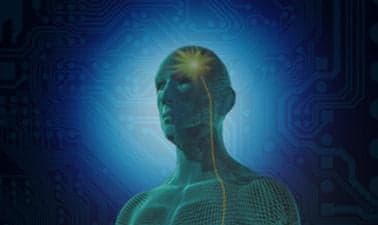PurdueX: Introduction to Bioelectricity

- Duration
- 4 weeks
- Price Value
- $ 50
- Difficulty Level
- Intermediate


Dive into the fascinating world of bioelectricity and circuit theory in the context of the mammalian nervous system with this intermediate-level engineering course offered by PurdueX. This comprehensive course, part of the nanoHUB-U project, bridges the gap between engineering, mathematics, and neuroscience, offering students a unique opportunity to explore the intricate workings of the human body's electrical systems.
This course is ideal for students interested in understanding the relationship between the human body's systems that involve or communicate with bioelectrical systems. It's particularly suited for those studying engineering, physics, biology, or neuroscience who want to gain a deeper understanding of how bioelectricity influences the heart, brain, muscles, and the neuromuscular system.
This course offers a unique blend of theoretical knowledge and practical applications, preparing students for exciting careers at the intersection of engineering, neuroscience, and medicine. By the end of the course, students will have a solid foundation in bioelectricity and its applications, positioning them at the forefront of this rapidly evolving field.
Explore more courses to enhance your cloud computing and Kubernetes skills.

Understand the working of biomedical devices that are frequently used in a hospital setting. Develop the skills required to effectively maintain and troubleshoot hospital-based devices to increase their availability and usage in hospitals